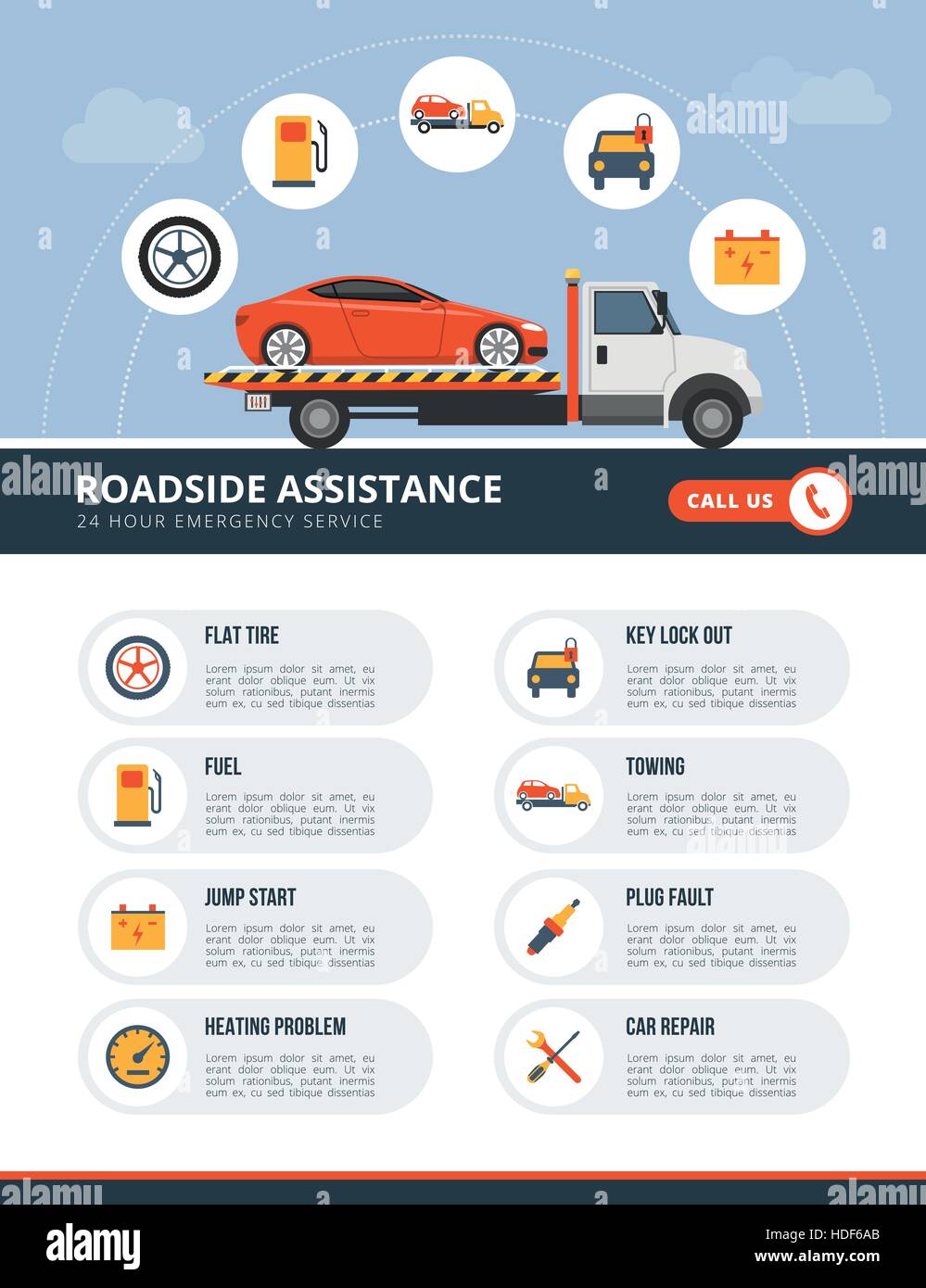Looking For Clearness On The Warning Lights Displayed On Your Car'S Control Panel? Find Out Exactly How They Relate To Your Car'S Health And Safety
Looking For Clearness On The Warning Lights Displayed On Your Car'S Control Panel? Find Out Exactly How They Relate To Your Car'S Health And Safety
Blog Article
https://brakesnearme06283.creacionblog.com/29841972/achievement-account-revamping-a-forsaken-car-by-means-of-comprehensive-outlining Created By-Hartley Corbett
When you're behind the wheel, those radiant caution lights on your dashboard can be a bit puzzling. Do you recognize what they're trying to inform you about your auto's health and wellness? Recognizing the relevance of these lights is vital for your security and the durability of your automobile. So, the following time one of those lights pops up, would not you intend to decipher its message accurately and take the necessary steps to resolve it?
Common Warning Lights and Interpretations
Identify typical caution lights in your automobile and understand their definitions to guarantee risk-free driving.
https://www.treehugger.com/best-leather-repair-kits-5201534 of the most regular caution lights include the check engine light, which signals issues with the engine or exhausts system. If this light begins, it's important to have your vehicle examined quickly.
The oil pressure warning light indicates low oil pressure, calling for prompt focus to stop engine damages.
A blinking battery light may suggest a faulty billing system, potentially leaving you stranded if not addressed.
The tire pressure monitoring system (TPMS) light informs you to reduced tire stress, influencing lorry security and fuel effectiveness. Ignoring this can lead to risky driving conditions.
The abdominal muscle light indicates a problem with the anti-lock stopping system, compromising your capability to stop promptly in emergencies.
Last but not least, the coolant temperature level cautioning light warns of engine overheating, which can result in serious damage if not solved promptly.
Comprehending these usual caution lights will certainly aid you address concerns quickly and keep secure driving conditions.
Significance of Prompt Focus
Comprehending the common warning lights in your automobile is just the first step; the relevance of immediately addressing these cautions can not be emphasized enough to guarantee your safety and security on the road.
When a caution light illuminates on your dashboard, it's your vehicle's means of interacting a prospective problem that requires focus. Ignoring these cautions can result in extra severe issues down the road, compromising your safety and security and potentially costing you extra out of commission.
Motivate attention to warning lights can prevent failures and crashes. For instance, a blinking check engine light might indicate a misfire that, if left neglected, could cause damage to the catalytic converter. Resolving this immediately can conserve you from a costly fixing.
Similarly, a brake system alerting light could signify low brake fluid or used brake pads, vital parts for your safety when driving.
DIY Troubleshooting Tips
If you notice a caution light on your dashboard, there are a few DIY troubleshooting ideas you can try before looking for specialist help.
The first step is to consult your cars and truck's manual to recognize what the specific warning light indicates. Sometimes the problem can be as basic as a loosened gas cap causing the check engine light. Tightening the gas cap may fix the problem.
Another usual concern is a low battery, which can trigger various warning lights. Inspecting the battery connections for deterioration and ensuring they're protected might take care of the problem.
If a caution light continues, you can attempt resetting it by separating the automobile's battery for a couple of minutes and then reconnecting it. In addition, examining your car's fluid degrees, such as oil, coolant, and brake liquid, can assist fix advising lights associated with these systems.
Conclusion
To conclude, comprehending your vehicle's caution lights is important for maintaining your vehicle running smoothly and safely. By promptly resolving these alerts and knowing what they suggest, you can avoid pricey fixings and prospective break downs.
Remember to consult your vehicle's handbook for particular information on each alerting light and act as necessary to ensure a trouble-free driving experience.
Stay notified, remain risk-free when driving!
